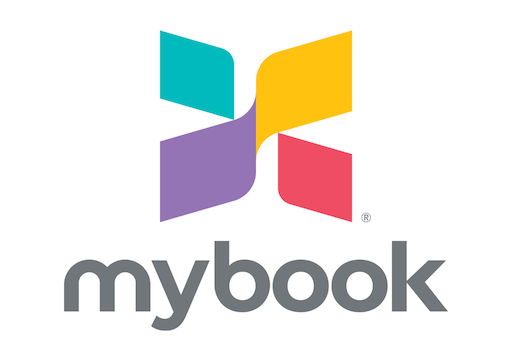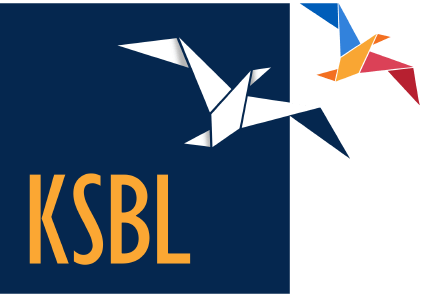
Switch PostHog Consultant: Effortless Tips for Success
Switching to a PostHog consultant can transform not only how your team processes data but also the way your organization approaches product analytics. In today’s fast-paced digital landscape, the right analytics tool is more than just a utility; it’s a critical part of your growth strategy. Therefore, transitioning can feel daunting. However, with the right approach and mindset, this switch can be an effortless leap towards enhanced insights and better decision-making.
Understanding PostHog’s Potential
First, let’s talk about what makes PostHog unique. As an open-source analytics platform, PostHog empowers teams to understand user behavior without the constraints of conventional tools. This means you can customize your data collection, while ensuring data privacy and security. It’s like having a tailored suit versus something off the rack—both might fit, but one will undoubtedly represent you better.
My own experience with PostHog began a few months ago. I worked with a small startup that was struggling to keep track of user engagement metrics. After transitioning to PostHog, we were able to create customized reports that directly tied user behavior to our product’s performance. That moment was an eye-opener—not just for me, but for the entire team.
Finding the Right Consultant
One of the biggest hurdles in making this switch is selecting the right consultant. The search can feel endless—dozens of candidates with varying expertise levels. When looking for a PostHog consultant, consider the following:
– Experience: Look for consultants who have a proven track record with PostHog and can demonstrate successful transitions. Ask for case studies or references. A specific instance I recall was when an e-commerce business saw significant increases in conversion rates after switching consultants. The insights gained were transformative.
– Alignment with Your Goals: Does the consultant understand your specific business objectives? You want someone who can tailor their strategies to meet your unique needs.
– Communication Skills: A consultant should not just relay information but engage with your team. Communication is key when implementing new strategies, and finding someone who can simplify complex analytics concepts will be invaluable.
Setting Clear Objectives from the Start
Before diving into the nitty-gritty of analytics, set clear objectives for what you wish to achieve with PostHog. Are you looking to improve user retention, increase customer lifetime value, or streamline onboarding? Being specific about your goals will make it easier for your consultant to develop strategies that align with your mission.
For instance, one time, a company wanted to reduce churn rates. By working closely with their PostHog consultant to pinpoint drop-off points in the user journey, we were able to implement changes that reduced churn by over 20% within three months.
Emphasizing Team Training
A switch should involve more than just bringing in a consultant; emphasis should be placed on training your internal team. If your team isn’t well-versed in using PostHog, all the insights in the world won’t translate into action.
Consider hosting interactive training sessions led by your consultant where your team learns to navigate PostHog while working on real data. Using simulations or past projects can make these sessions feel less like a chore and more engaging. The objective? To cultivate a data-driven culture within your organization.
Iteration and Continuous Improvement
Making the switch to utilizing a PostHog consultant is not a one-time event. It requires iteration and ongoing communication to ensure you are adapting to new insights and developments. Regularly review analytics, gather feedback from your team, and discuss improvements with your consultant. This way, the partnership becomes a continuous cycle of learning and adaptation.
For example, we held quarterly meetings to assess performance metrics. In one of our sessions, we realized certain features weren’t bringing value as expected. Adjusting our focus based on those insights resulted in a new product feature that exceeded user expectations—a real win-win situation.
Building a Culture of Data-Driven Decision Making
Lastly, the ultimate goal of working with a PostHog consultant should be to foster a culture where data-driven decisions are the norm. Encourage your team to refer to the data when brainstorming new projects or making strategic decisions.
By cultivating this culture, you ensure that the insights gained from your consultant are not fleeting but integrated into your long-term operational strategies.
—
In summary, making the switch to a PostHog consultant can seem like a significant undertaking, but with effective planning, clear objectives, ongoing training, and a commitment to data-driven practices, it can turn into a powerful asset for your organization.
FAQ
1. What should I look for in a PostHog consultant?
Look for experience, alignment with your business goals, and strong communication skills. Check references and case studies to gauge past success.
2. How can I ensure my team effectively uses PostHog?
Providing training sessions led by the consultant, focusing on hands-on experience with real data, can foster a better understanding and usability of the platform.
3. How frequently should I meet with my consultant post-switch?
Regularly scheduled check-ins—ideally quarterly—can help you assess your analytics strategy and make necessary adjustments. This ensures continuous improvement and adaptation.
Stay Updated, Follow me on Social Media:Related Posts
Switch PostHog Consultant for Effortless Results
Switching your PostHog consultant could be the game-changer your business needs to unlock fresh insights and strategies. Embrace the opportunity for a new perspective, and let the right expert help you...
Switch Amplitude Consultant: Effortless Guide to Success
Unlock the potential of your business with a switch amplitude consultant, who can turn overwhelming data into clear, actionable insights. If youve ever wished for a better understanding of your customer...












